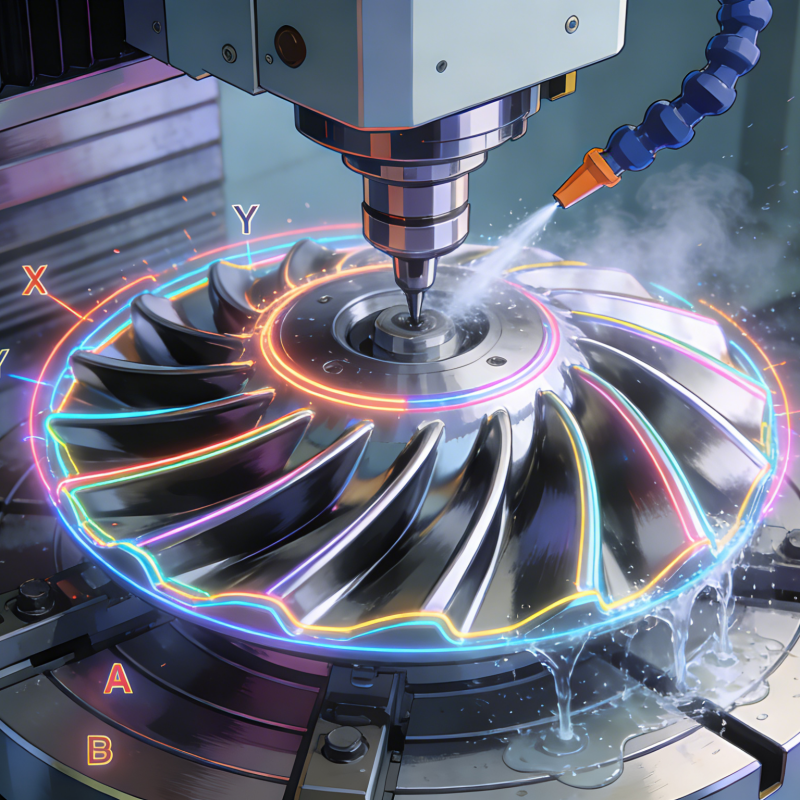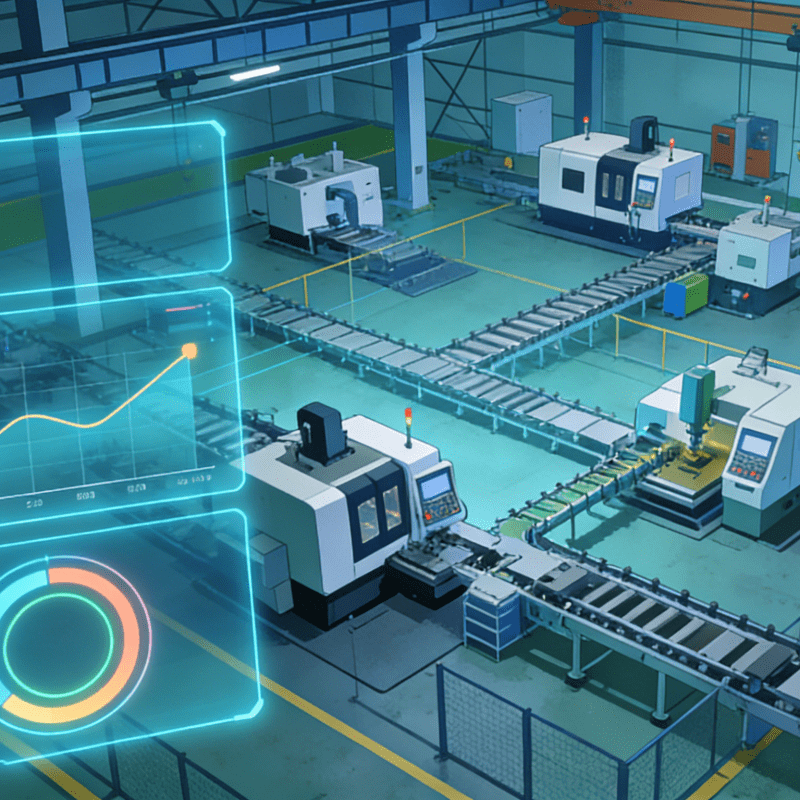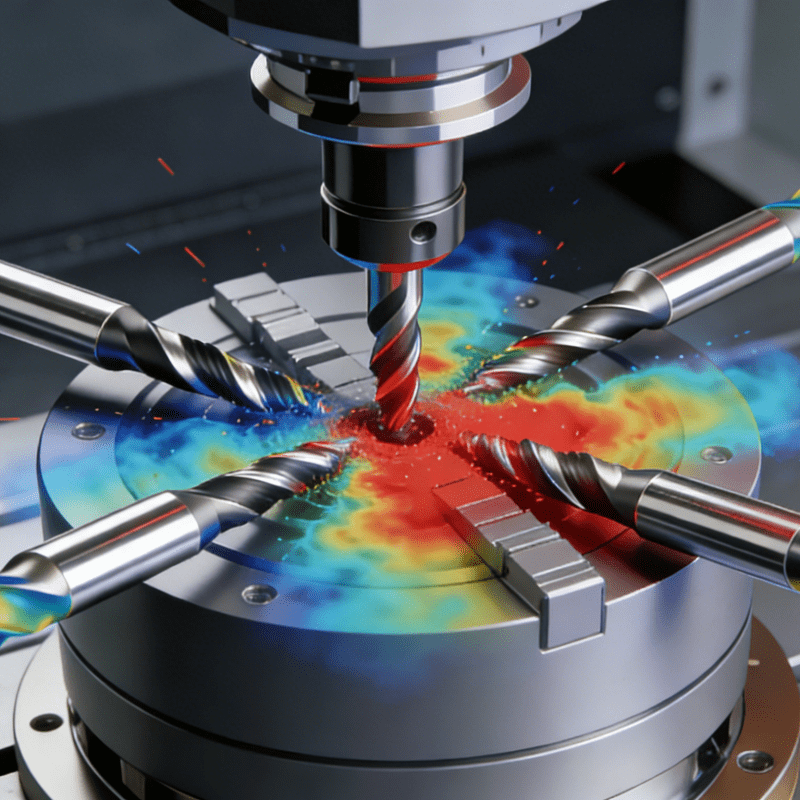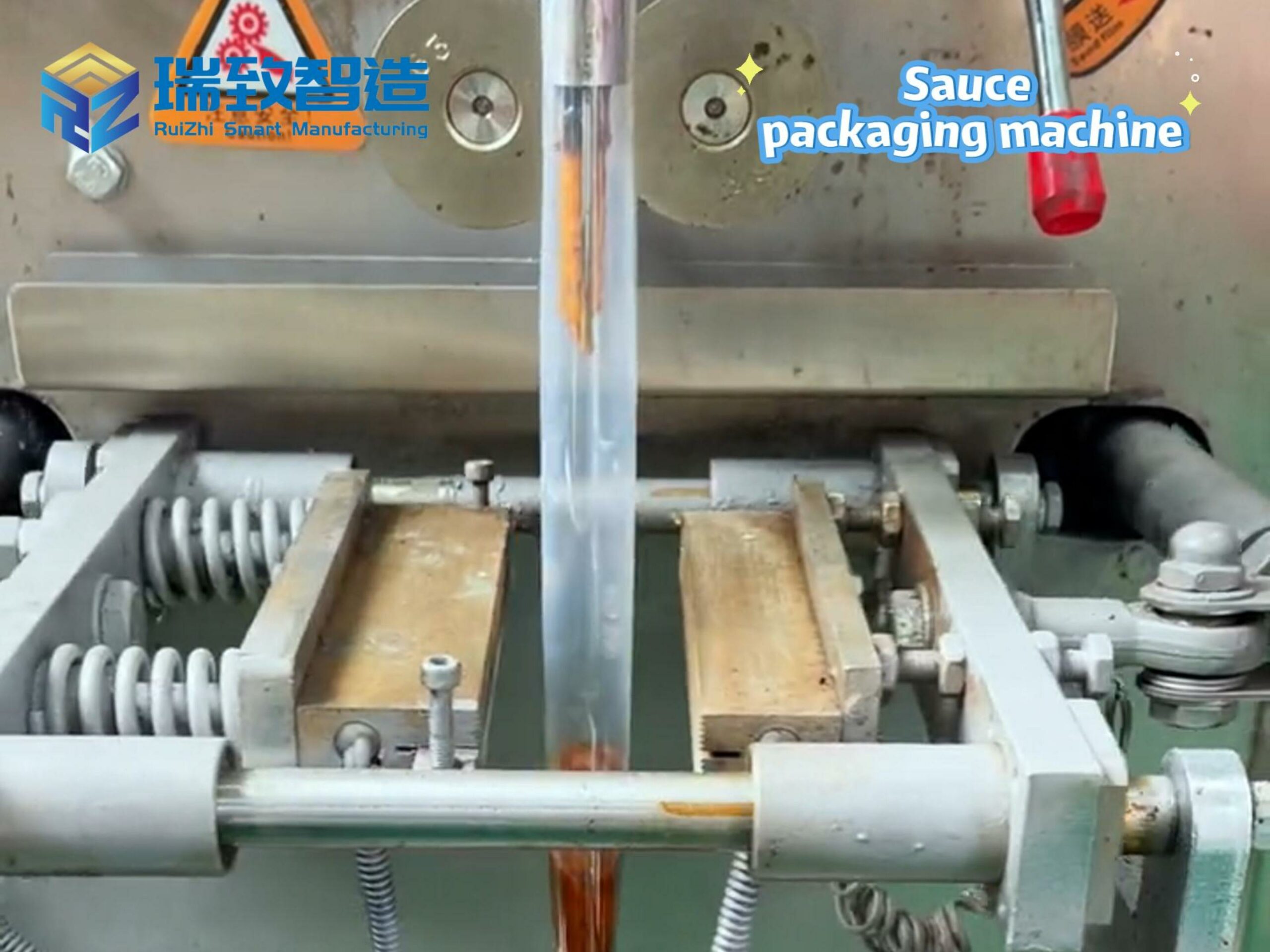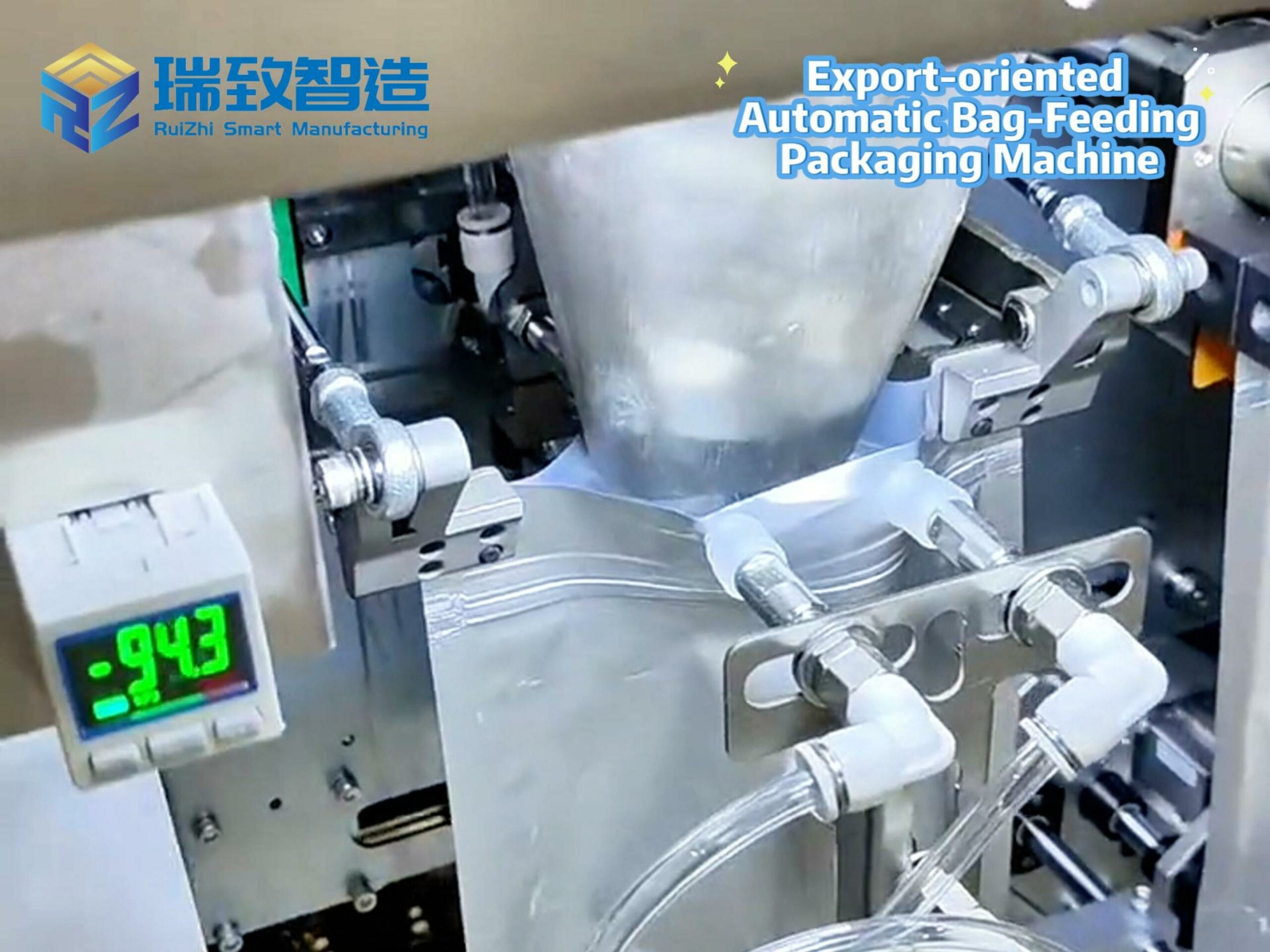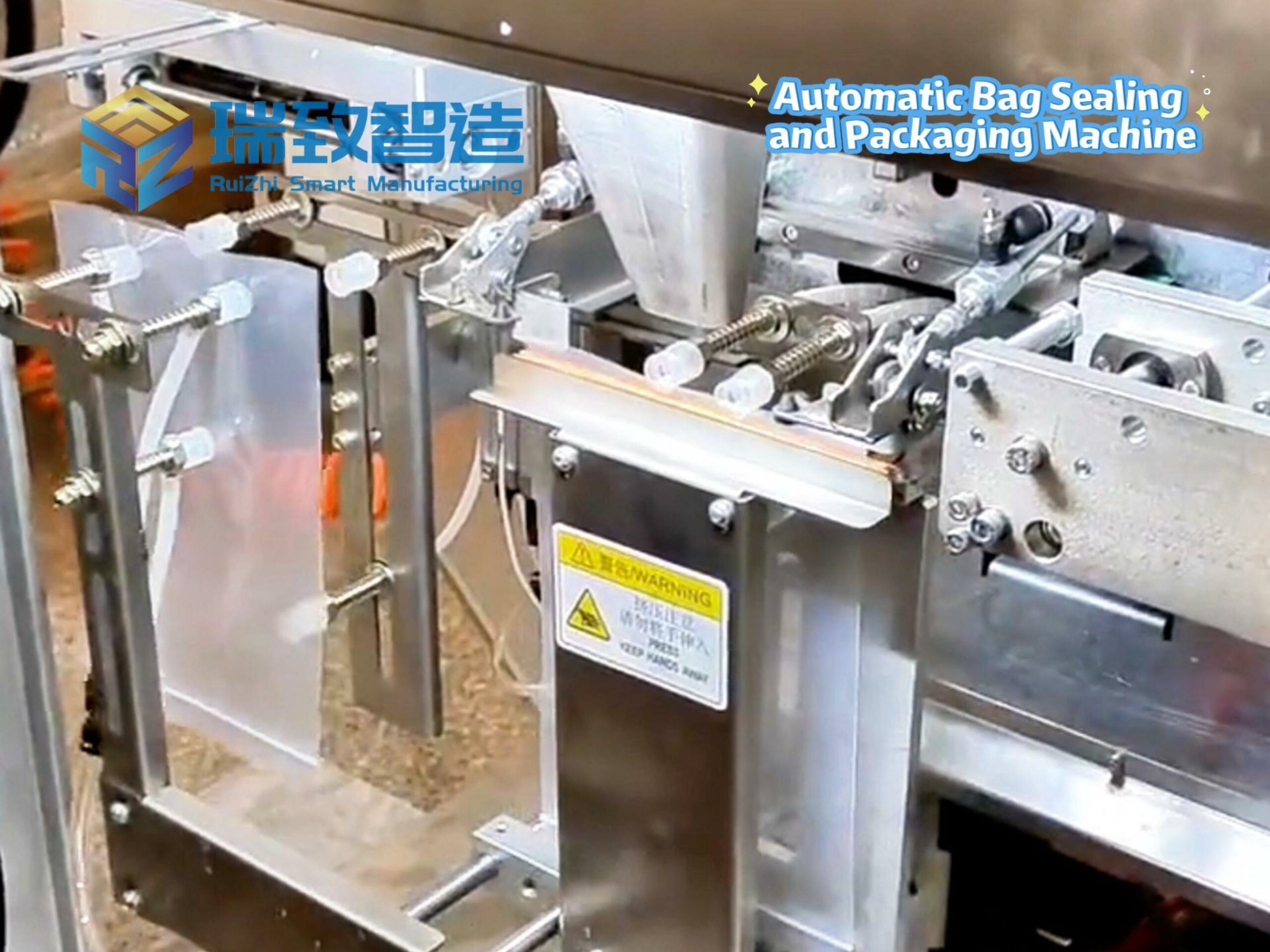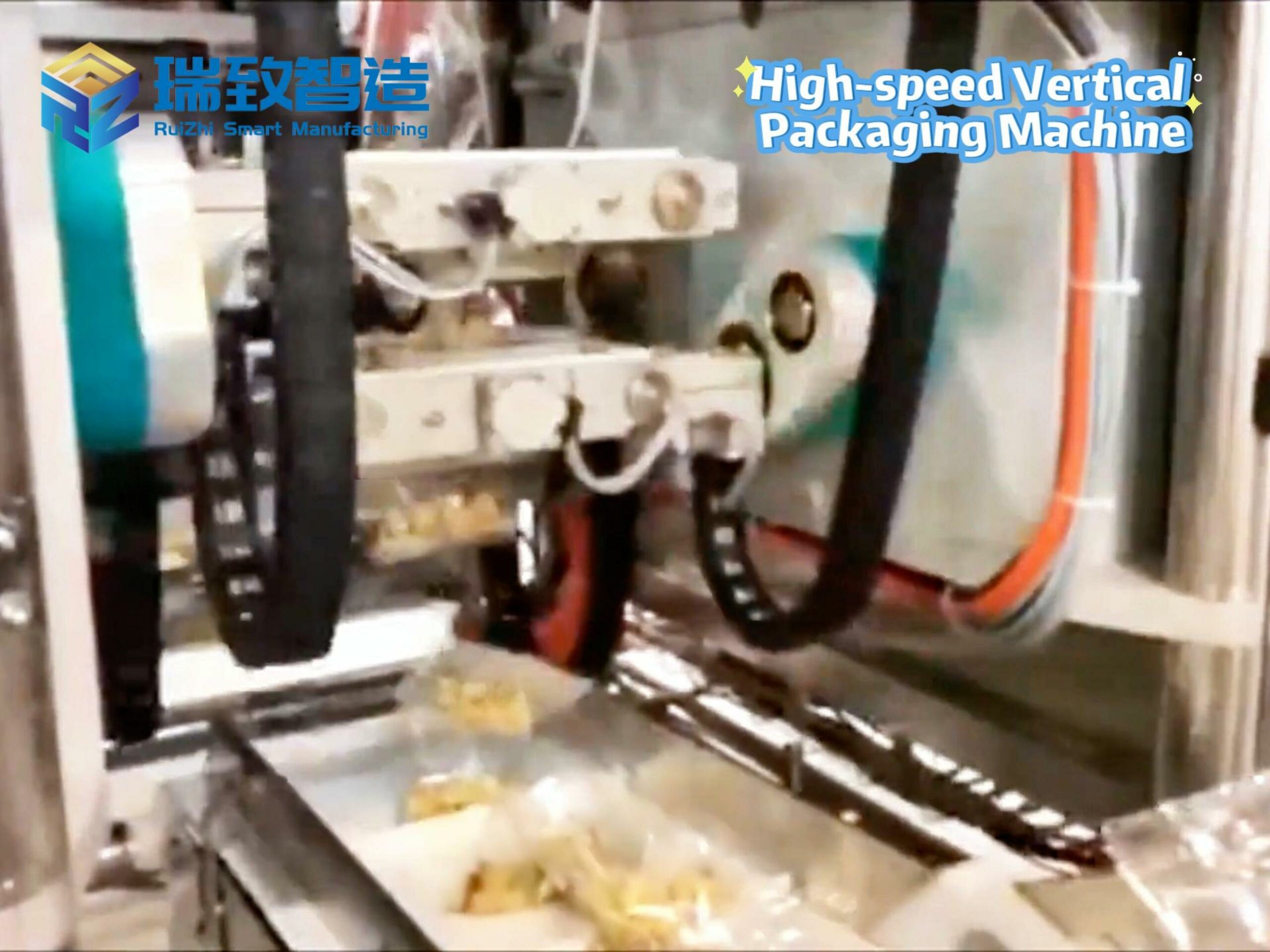Table of Contents
ToggleThe Future of Human-Machine Collaboration: Redefining “Labor Value” in Industrial Production
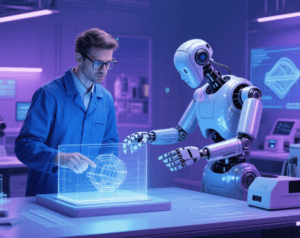
In the era of smart manufacturing, the anxiety of “machines replacing humans” is being supplanted by a new paradigm of “human-machine collaborative evolution”. Research by the International Labour Organization (ILO) shows that by 2030, human-machine collaboration roles in global manufacturing will grow by 45%. The value of labor is shifting from “repetitive operations” to “creative decision-making”, ushering in a golden age of “human wisdom + machine efficiency”.
I. Role Reconstruction: Evolution from “Operator” to “Decision-Maker”
The human-machine collaboration scenario in Amazon’s Phoenix warehouse is enlightening: Kiva robots undertake 90% of goods handling, freeing workers from physical labor (walking 20 km daily) to focus on judgment-required tasks like abnormal order processing and product quality inspection. Employee satisfaction increased by 35%, and error rates dropped by 60%. This division of labor is even more pronounced in precision manufacturing—In Siemens’ German factory “augmented reality assembly system”, workers wearing HoloLens glasses receive real-time operation guidance, while collaborative robots simultaneously complete screw tightening (accuracy ±0.5N·m) and component positioning (accuracy ±0.1mm), boosting the efficiency of complex assembly processes by 40%. Workers’ roles have transformed from “operation executors” to “process monitors”.
II. Skill Upgrading: The Leap from “Manual Expertise” to “Digital Literacy”
Foxconn Zhengzhou Plant’s “human-machine collaboration training system” exemplifies the iterative direction of labor skills: New employees master drag-and-drop programming for collaborative robots via VR simulators (training cycles shortened from 2 weeks to 3 days). On real production lines, they collaborate with robots to complete welding of mobile phone motherboards, with AI quality inspection systems providing real-time feedback on operational deviations. This has raised novices’ first-pass yield from 70% to 95% rapidly. A more systematic upgrade occurred at Haier Shenyang Plant: The enterprise established a “Digital Artisan Academy” to train new-type technicians proficient in industrial internet platforms, digital twin debugging, and AI quality analysis. These “smart artisans” earn 40% higher salaries than traditional technicians and are in high demand.
III. Safety Integration: The Transition from “Isolation Protection” to “Natural Collaboration”
At the technological frontier of human-machine collaboration, ABB’s YuMi dual-arm collaborative robot demonstrates human-like operational capabilities: Its mechanical arms with tactile sensors can detect human touch with 0.2N precision. In the precision assembly of Apple Watches, it collaborates with workers to install watchband buckles, achieving 3x higher efficiency than manual labor with a misoperation rate <0.01%. This “natural collaboration” model is even more valuable in healthcare—Medtronic’s surgical robots assist doctors in coronary artery bypass grafting, transmitting tissue tactile feedback in real time via force feedback systems. This reduces surgical incisions from 15cm to 3cm and shortens postoperative recovery cycles by 50%, realizing the “perfect fusion of human-machine skills”.
IV. Future Vision: Constructing an Ecosystem from “Collaboration” to “Integration”
With breakthroughs in technologies like brain-computer interfaces and emotional computing, human-machine collaboration will enter the stage of “cognitive integration”. Imagine a smart factory where engineers send assembly commands to collaborative robots via EEG devices, which instantly understand intentions and adjust movements; AR glasses display the operational status of digital twins in real time, and workers’ gesture operations directly map to production line parameter adjustments—this multi-dimensional collaboration of “mind control + gesture interaction + visual feedback” enhances the execution efficiency of complex decisions by 10x.
A deeper transformation lies in the reshaping of labor structures: Future factories will form a “ternary labor system”—
- Human employees: Responsible for innovative design, exception handling, and strategic decision-making;
- Intelligent robots: Undertaking repetitive operations, precise execution, and hazardous tasks;
- Digital systems: Completing data processing, algorithm optimization, and process scheduling.
Under this system, human creativity, robotic execution, and system computing power form a collaborative closed loop, driving manufacturing from “labor-intensive” to “intellect-intensive”. As the German Industry 4.0 platform notes: “Future competition will not be between humans and machines, but between human-machine collaboration models and traditional models.”
From the Industrial Revolution’s “machines replacing human labor” to the intelligent era’s “human-machine co-creation of value”, the essence of labor is returning—to create value with wisdom, not physical strength. When collaborative robots learn to understand human intentions, and humans master the digital language to communicate with intelligent systems, industrial production will no longer be a cold automated assembly line but a collaborative community brimming with innovative vitality. This may be the most compelling vision of smart manufacturing: Technological progress does not replace humans but elevates human value to nobler heights.
“smart manufacturing and digital factory” “smart manufacturing industry 4.0 singapore” “smart factory assembly“


